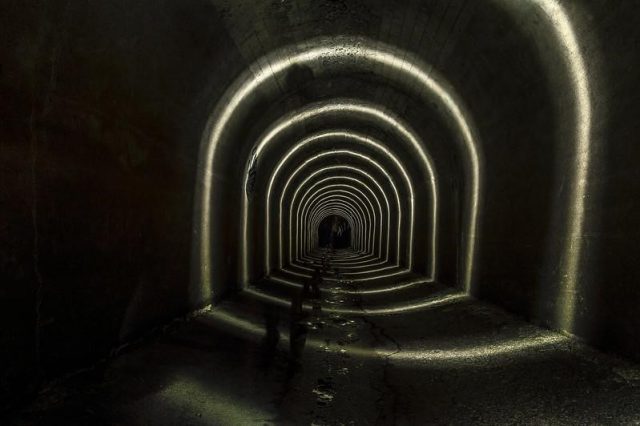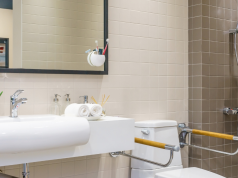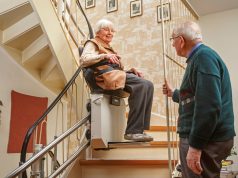
Confined spaces are defined as being enclosed areas but not always entirely enclosed. Common risks associated with confined spaces typically include hazardous substances or conditions within the confined space, such as a lack of oxygen. Most people dislike working in confined spaces and can sometimes make rash decisions in order to get the job done quicker. However, by doing so can expose extremely lethal danger to themselves and the others around them. So, before any workers enter a confined space to carry out a task, they should undertake a confined space training course and carefully consider the following precautions in order to stay safe.
Carry Out An In-Depth Risk Assessment
The very first precaution to take and fundamental element of general health and safety is conducting a risk assessment of confined space. It’s a way of determining what hazards are present and the severity of threat they may pose to those entering the space. Only once a risk assessment has been conducted, can a health and safety plan be put in place for the task in hand.
Avoid Entry All Together If Possible
This may seem like an obvious thing to include, but if a job can be done externally, then it should be. This process of elimination should be the first course of action before anyone enters the confined space.
Obtain a Work Permit to Access the Confined Space
Before anyone enters a confined space, a permit must be obtained and signed by everyone involved in the task. This is typically by everyone entering the confined space, the issuing authority and performing authority.
Monitor The Atmosphere Within The Confined Space
Before and during a task, checks need to be made with a piece of gas detection monitoring equipment. This is so the presence of toxic gases such as carbon monoxide and hydrogen sulphide can be detected. All monitoring must be carried by a person(s) who are not only competent in the practice of measuring and monitoring the atmosphere, but aware of the existing standards for the relevant airborne contaminants that are being measured.
Ensure There is Breathing Apparatus for Everyone Involved
Breathing apparatus must be in place for everyone involved with tasks in confined spaces. The type of apparatus will depend on the results of the on-going gas monitoring.
Ensure There Is Assisted Ventilation
Having assisted ventilation in place helps maintain airflow and keep temperatures down within a safe level. Assisted ventilation generally comes in the form of a fan system but can depend on what’s involved in a task.
Have Appropriate Tools in Place
This is a fundamental precaution to have in place. After all, if you don’t have the right tools to do the job, then you are not going to be able to complete a task safely. These tools must also be suitable for the environment in which they are going to be used in.
Have Escape Arrangements in Place
This is one of the most important precautions we have listed within this article as it can ultimately mean a matter of life or death. The most common type of escape arrangement is having a fixed ladder in place. Having this precaution in place also means that the emergency services have a means of access should a dangerous incident occur.
Have an Emergency Team on Standby at All Times
Hopefully, you will never need an emergency team, but one must be on standby at all times when there are workers within a confined space. There must be a team member in place on top of or just outside the space’s entry point and a clear method of communication.
Conclusion
This list may seem exhaustive, but these are just the fundamental safety precautions that need to be taken when it comes to working in confined spaces. However, the importance of these precautions cannot be overstated. Make no mistake, not taking the utmost care and safety precautions when working in confined spaces can result in fatal injury. However, taking all the right ones means all you’re going to suffer from is moderate claustrophobia.













